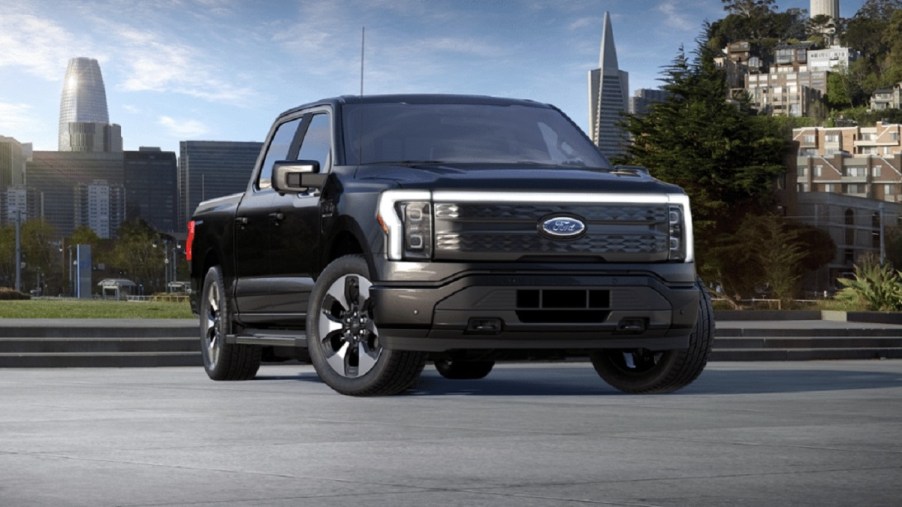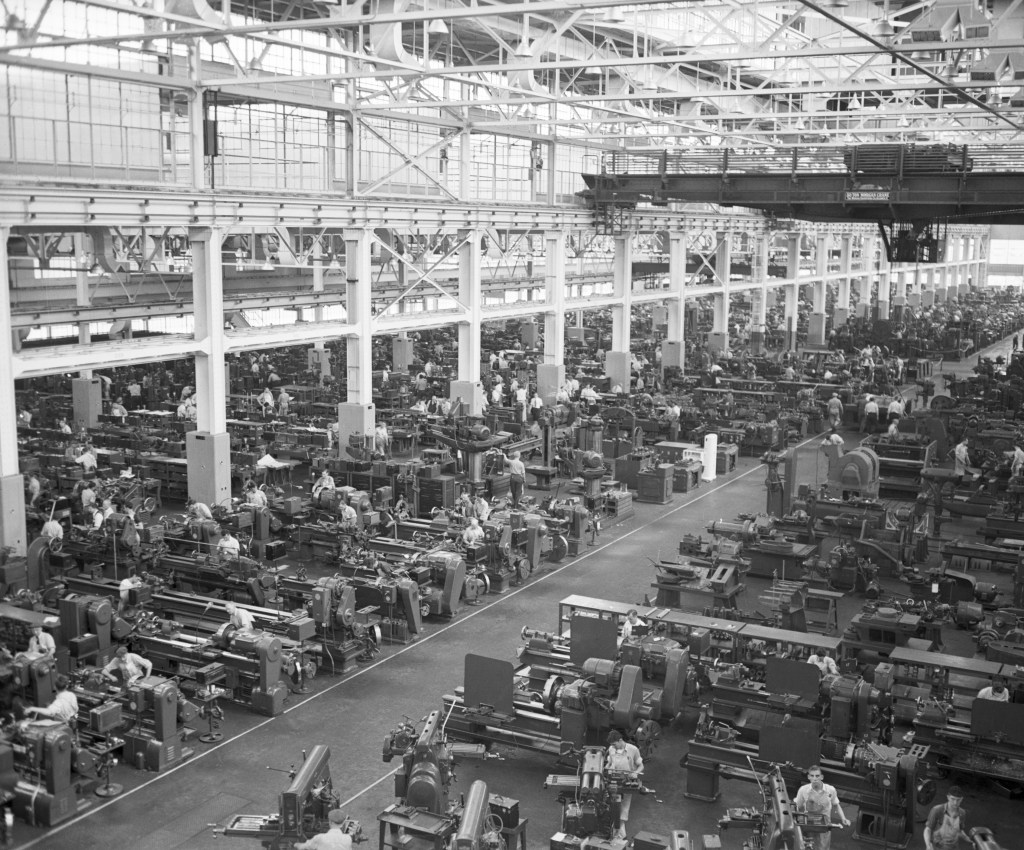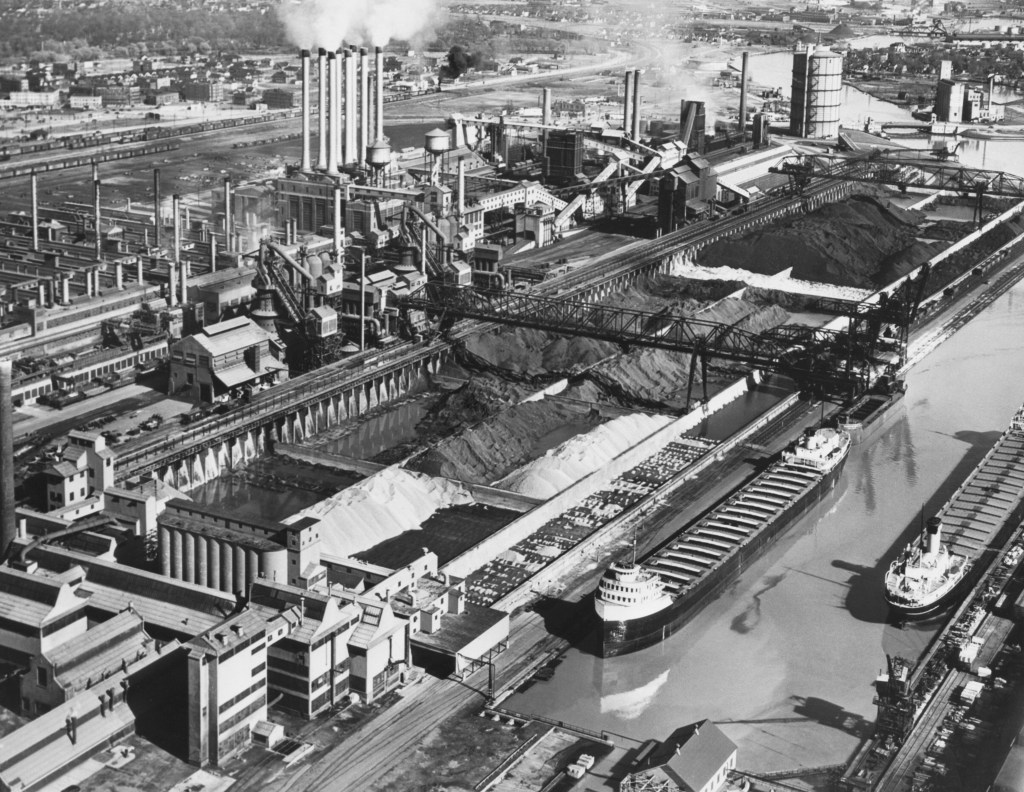
Report: Ford Plans To Make EVs a Separate Company
We don’t know what effect this will have on the rest of the Ford line of vehicles, but it plans on making its electric vehicle manufacturing a separate company. It’s part of a reorganization of the entire Ford Motor Company called “Ford Plus.” And we’re sure to see other legacy automakers following the same strategy. Here’s what’s going on with the Ford EV future.
Do Ford’s EV plans pander to tech investors?

This spinning off of its EV development and production is partially aimed at investors. Since GM has doubled down on its EV plans investor interest has substantially increased. So has capital, which, when you need billions of dollars to continue, is sort of important, right? Bloomberg says so much, as the move is to hoover up “some of the immense value investors are giving electric startups.”
It has taken a while for investors to realize that most of these EV startups make nothing, and may not for several more years. By making EV operations a separate company, it is said to free up $20 billion, according to Bloomberg.
The push within Ford is being pinned on Tesla’s former engineer Doug Field, who went over to Ford last year. Of course, for this to actually happen, the top executives at Ford had to be convinced and included in the final decision. Field jumped from Tesla to Apple, before heading off to Ford. According to rumors, Ford’s plan involves taking some pages from Tesla’s playbook.
Will volume float Ford’s EV plans?

Another aspect of the restructure is for the initial spinoff to concentrate on producing low-volume mass-market EVs. That flies in the face of where we know automakers prefer to put their money, which is in more expensive, highly-optioned models. There is much more profit in those than in low-volume and/or mass-market vehicles. Maybe it wants to rely on volume for its mass-market ideas?
Ford has already committed $30 billion for EV technology and manufacturing. So another $20 billion would be used to convert existing factories to produce electric vehicles. Some startups spend dearly to create factories or convert the few existing facilities for sale. Others, like Fisker, think it can farm out the manufacturing. But this also gives up more profits on every vehicle made.
Ford already has the facilities

And Ford already has plenty of infrastructure to get the job done. The facilities need to be converted from internal-combustion manufacturing to EVs. That’s just one advantage legacy automakers have.
Ford has already seen sunlight shine on its EV operations. It has upped production estimates for both its Mustang Mach-E EV and F-150 Lightning. In fact, reservations for Lightning pickups forced Ford to double production estimates twice. And it hasn’t made any, yet. But that’s not all.
As it rolls out more of its plans for the future, its stock prices have exploded. It is now at a $100 billion market cap for the first time ever. With its sights set on the electric future, it looks like that strategy has already begun to pay off.



